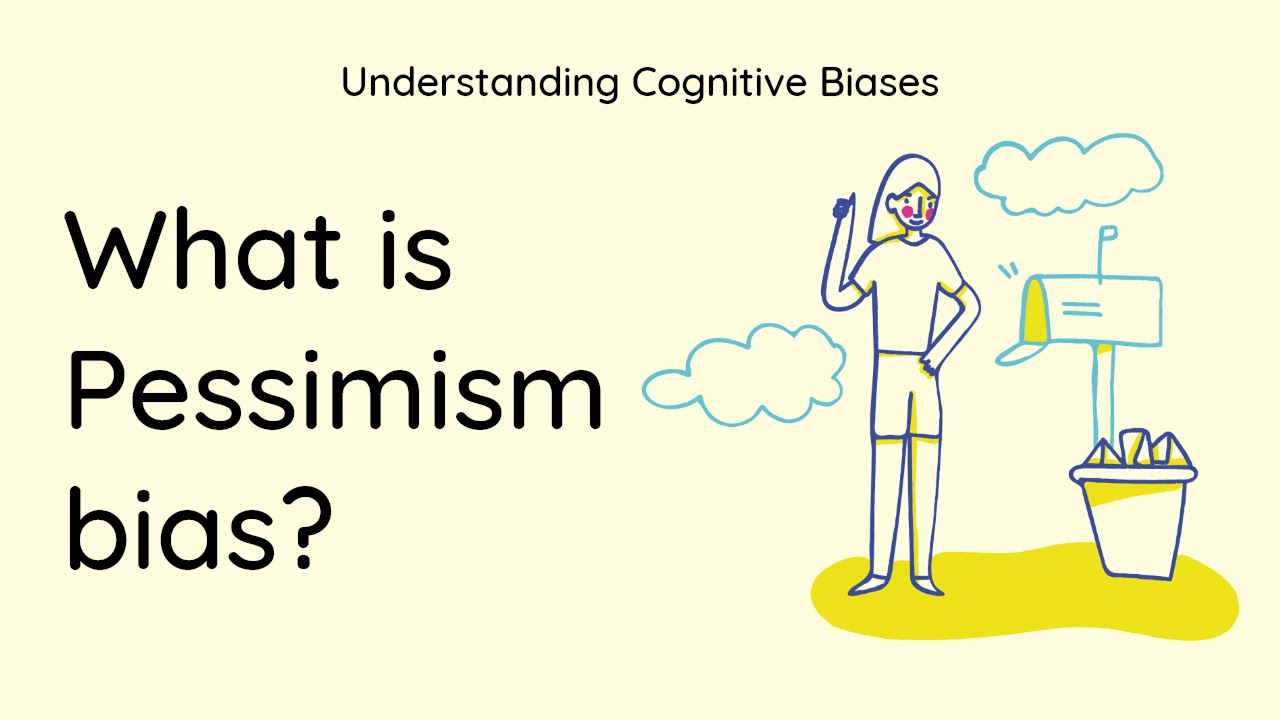Pessimism bias, in contrast to optimism bias, is a cognitive bias where individuals tend to overestimate the likelihood of negative events happening to them and underestimate the likelihood of positive events occurring. It leads people to have a generally pessimistic outlook on their future and to anticipate a higher frequency of unfavorable outcomes.
Explanations:
Pessimism bias can be attributed to a variety of factors, including past negative experiences, anxiety, and a natural inclination to prepare for potential threats. People may focus more on potential losses and difficulties, leading to a pessimistic perspective.
Examples:
Job Interviews: A person with pessimism bias might expect to perform poorly in a job interview and believe they are less likely to be selected for a position.
Relationships: Those with this bias may anticipate relationship failures or conflicts and underestimate the likelihood of finding a satisfying and enduring partnership.
Health Outcomes: A person with pessimism bias may expect the worst when facing a medical issue and may not recognize the potential for positive recovery.
Solutions:
Realistic Assessment: Strive to objectively assess the likelihood of both positive and negative outcomes when considering future events. Avoid overly pessimistic or overly optimistic thinking.
Positive Reinforcement: Make an effort to focus on and reinforce positive aspects in your life and experiences to balance out pessimistic tendencies.
Mindfulness and Stress Reduction: Practices like mindfulness meditation and stress reduction techniques can help individuals manage anxiety and negative thinking.
Support and Communication: Engage with friends, family, or mental health professionals to share your concerns and obtain constructive feedback.
Addressing pessimism bias involves recognizing and managing negative thought patterns to achieve a more balanced and realistic outlook on the future. A balanced perspective can lead to more effective decision-making and improved mental well-being.
